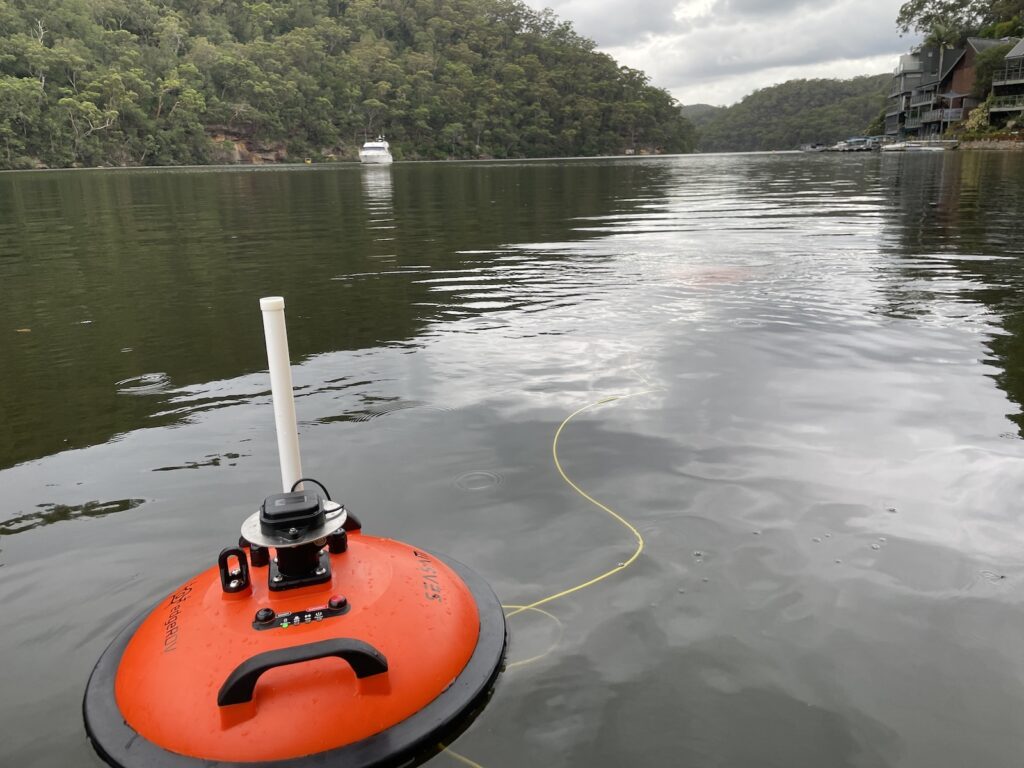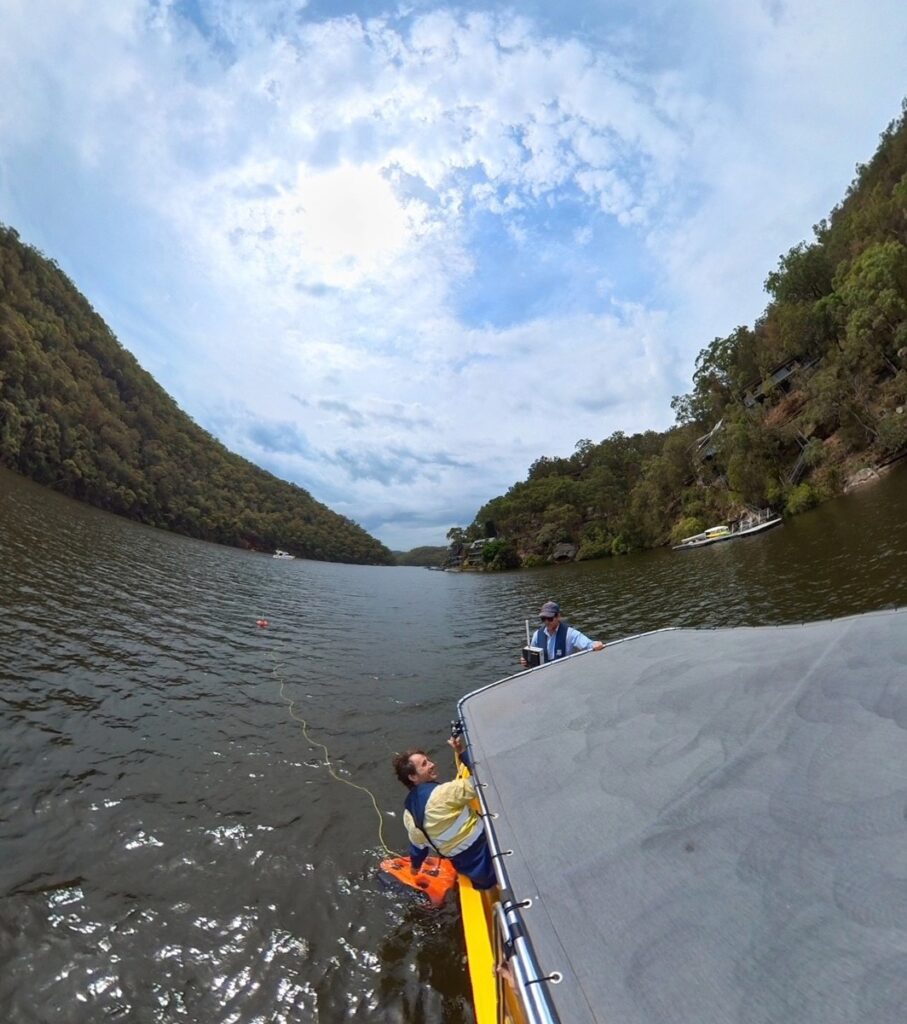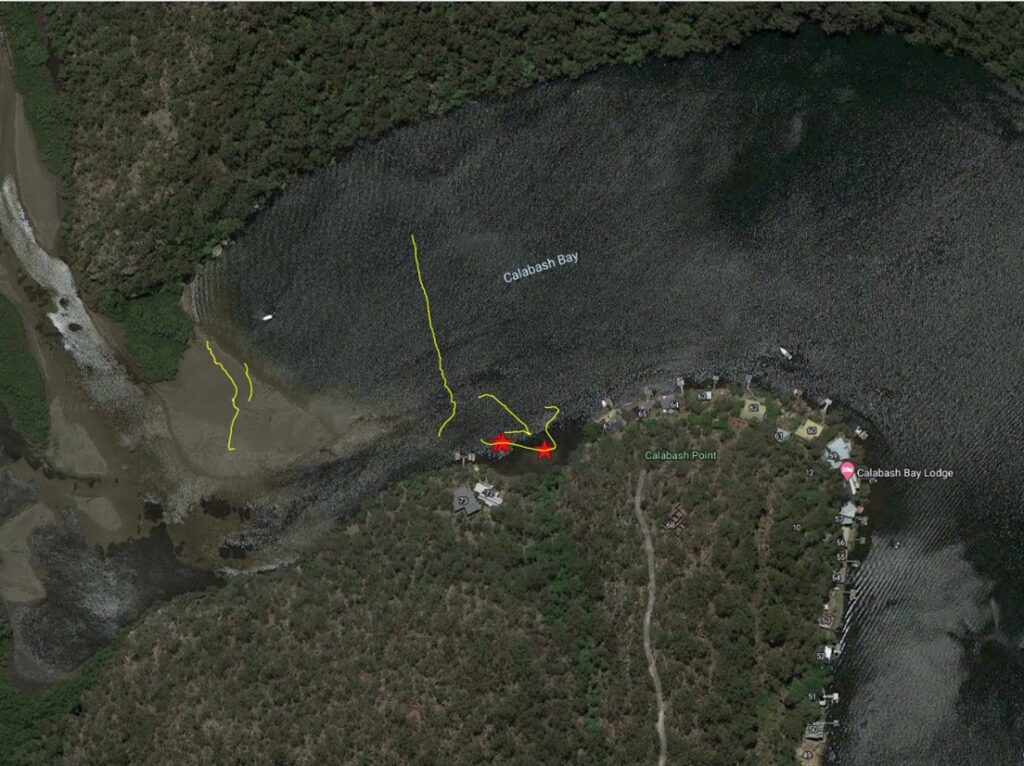Within SRAP, several members are engaged in collaborative projects focused on aquatic environments. Their latest endeavour involves the utilization of unmanned underwater vehicles to assist estuary officers in locating seagrass beds.
Ana Rubio works as the Hawkesbury estuary officer, striving to map areas where seagrasses have established themselves over the past decade but are currently absent from existing seagrass maps. Seagrasses play a crucial role in the Hawkesbury’s aquatic ecosystem, as they provide stability to the estuary floor through their extensive root systems. Moreover, they serve as vital habitats for fish, crabs, and shrimp. However, mapping seagrass patches in Berowra Creek presents a challenge due to their small and mobile nature. By accurately mapping the locations of these significant habitats, long-term protection can be ensured.
Ana has established collaborations with Manly Hydraulics Laboratory (MHL), where Eduardo Pombo Lavin, a Coast and Marine scientist, specializes in conducting underwater drone surveys, primarily for marine structure assessments. During discussions between Ana and Eduardo, they conceived the idea of employing Edu’s remotely operated vehicle (ROV) to map Ana’s seagrasses.
Edu and Ana embarked on a day-long expedition along the picturesque Berowra Creek in search of seagrasses. Edu skilfully maneuverer the ROV, which was tethered to an autonomous buoy equipped with a powerful Wi-Fi transmitter capable of transmitting signals up to a distance of 300 meters. The buoy incorporated a GPS sensor, enabling it to determine its own position as well as that of the ROV during underwater movements. Edu integrated the data collected by the ROV into GIS software to accurately reference the spatial locations of seagrasses in the area.
Although Ana and Edu initially crossed paths through their work, they soon discovered their shared membership in SRAP. Since then, they have continued to encounter each other at various SRAP events, fostering an ongoing professional connection.






Muchisimas gracias por el Post.
Aqui en Vanuatu comenzamos en breve un proyecto en el Area de Nugna-Pele marine conservation Area y tenemos a;gunas actividades en las que podriamos colaborar.
Gracias Ricardo, se lo comento a Eduardo también.
Estamos en contacto.
Ana
very professional people those two!! 🙂
happy to discuss any collaboration, specially in Vanuatu!